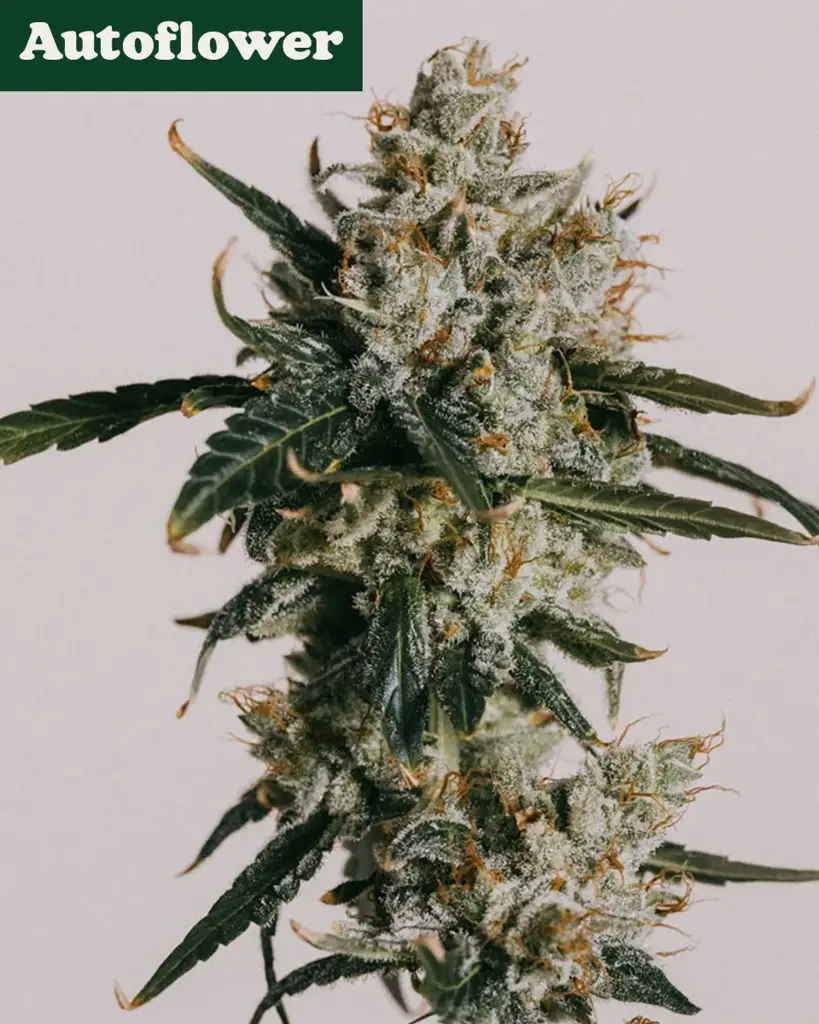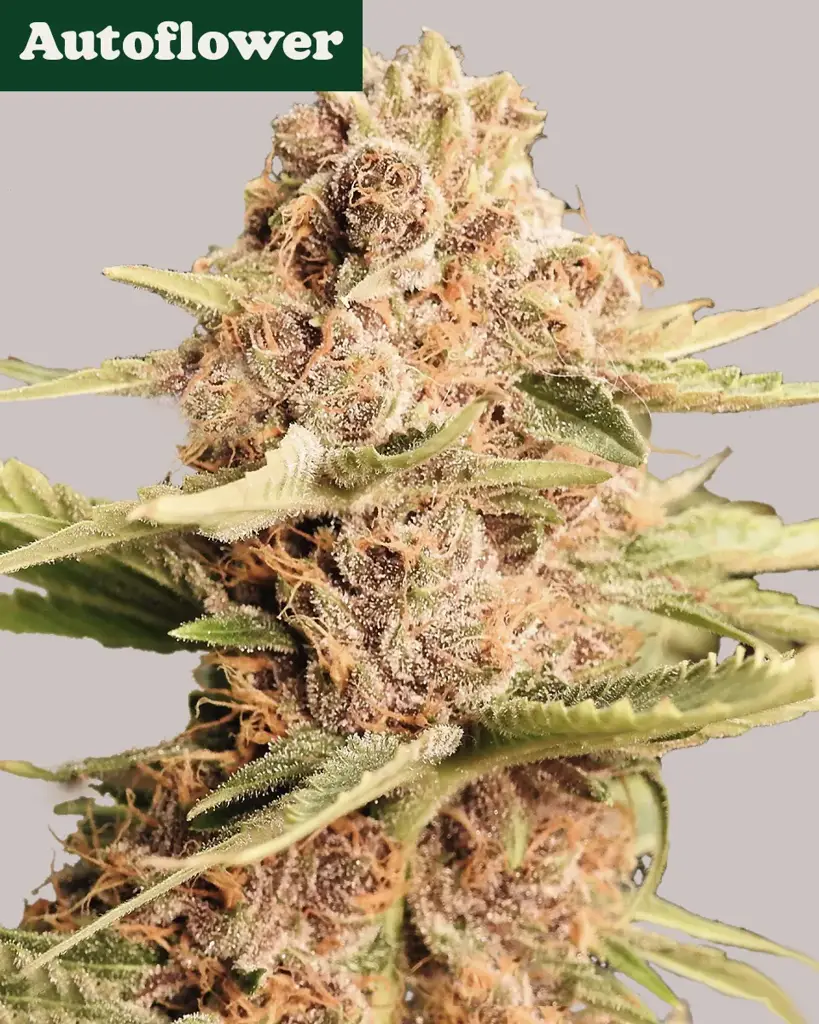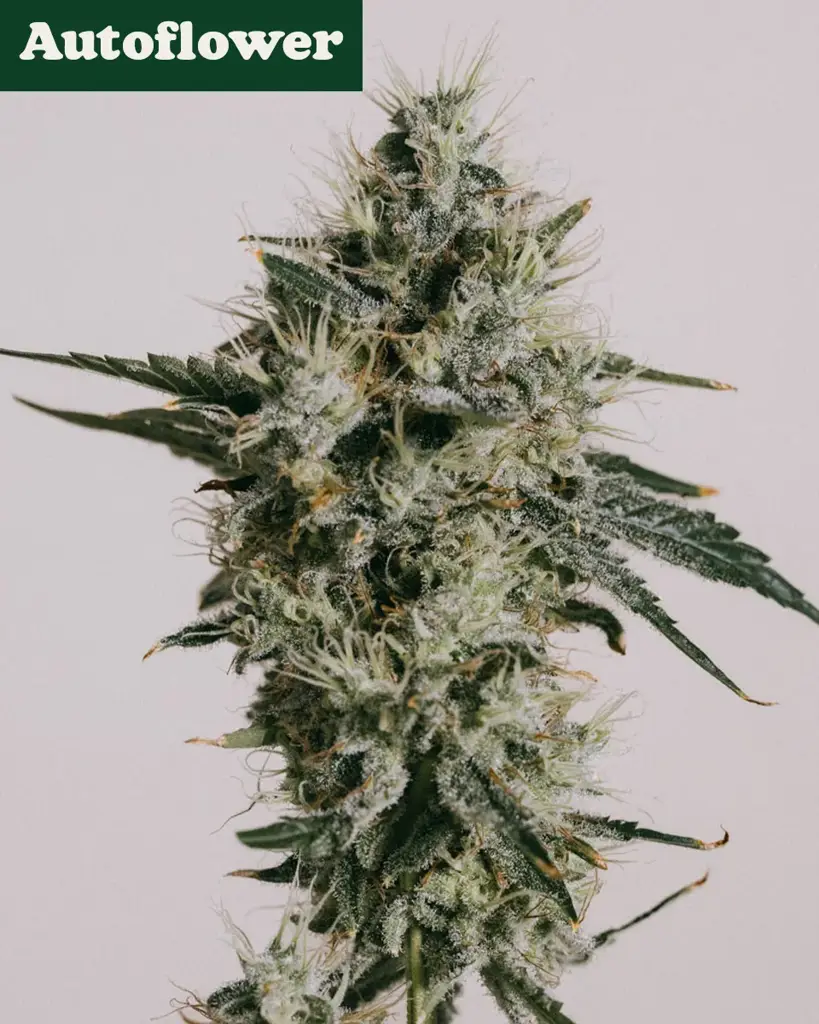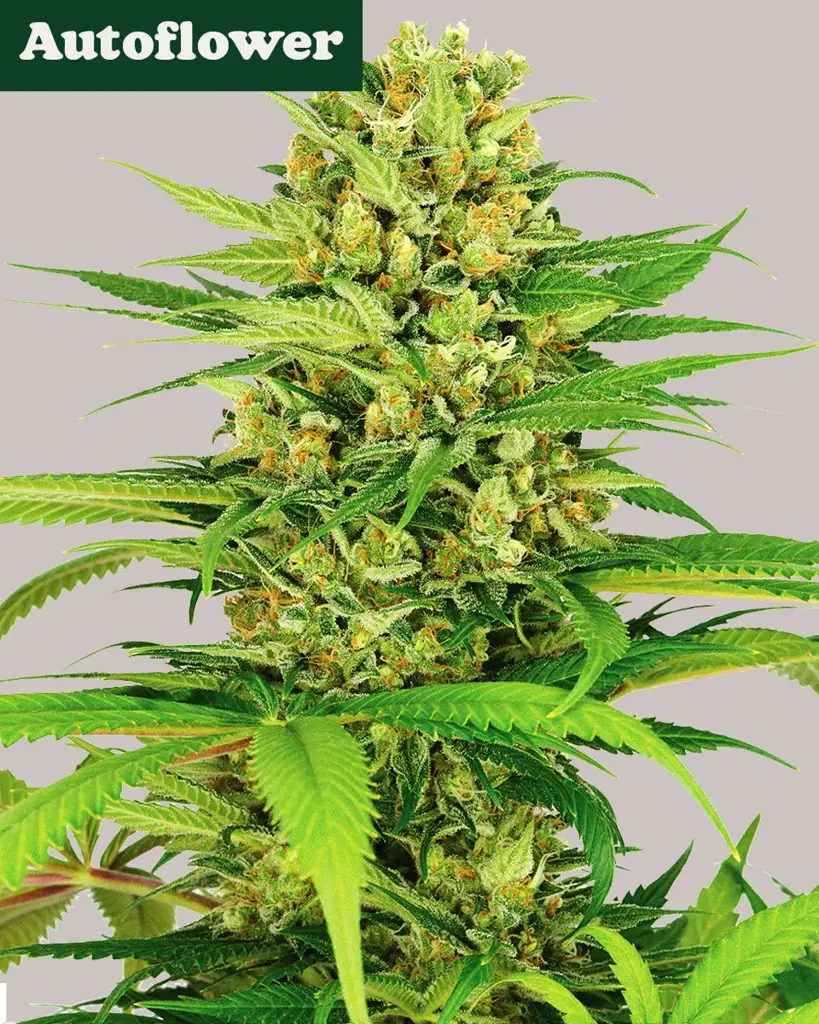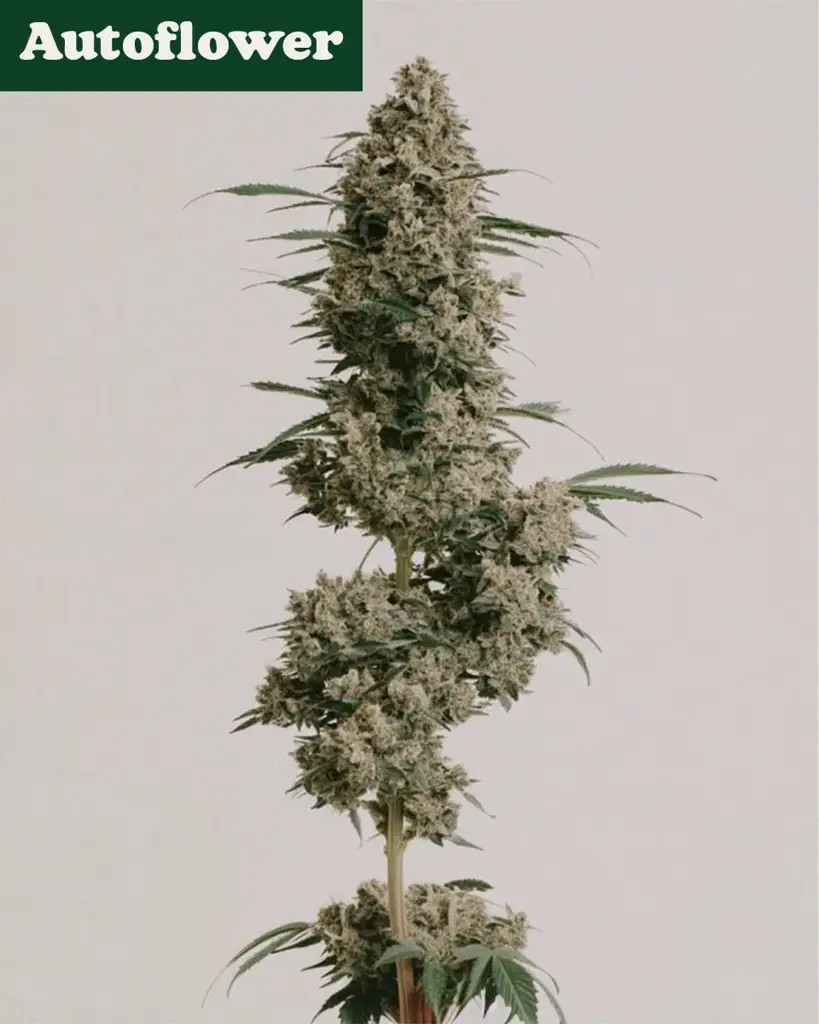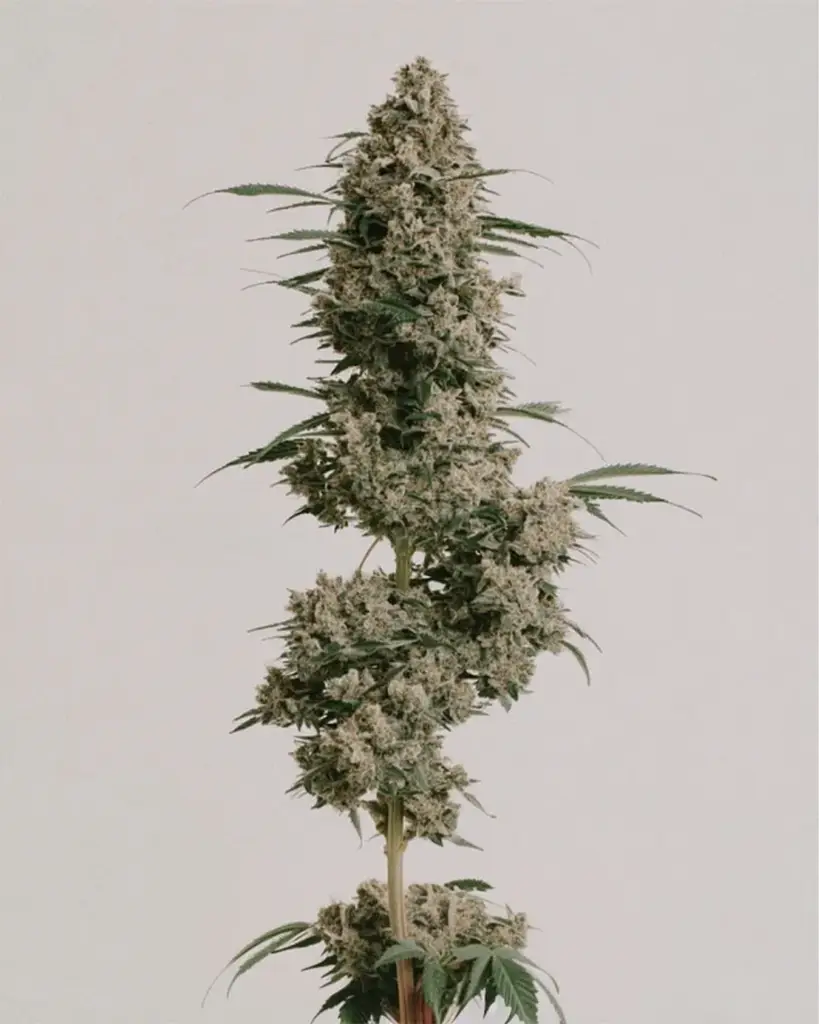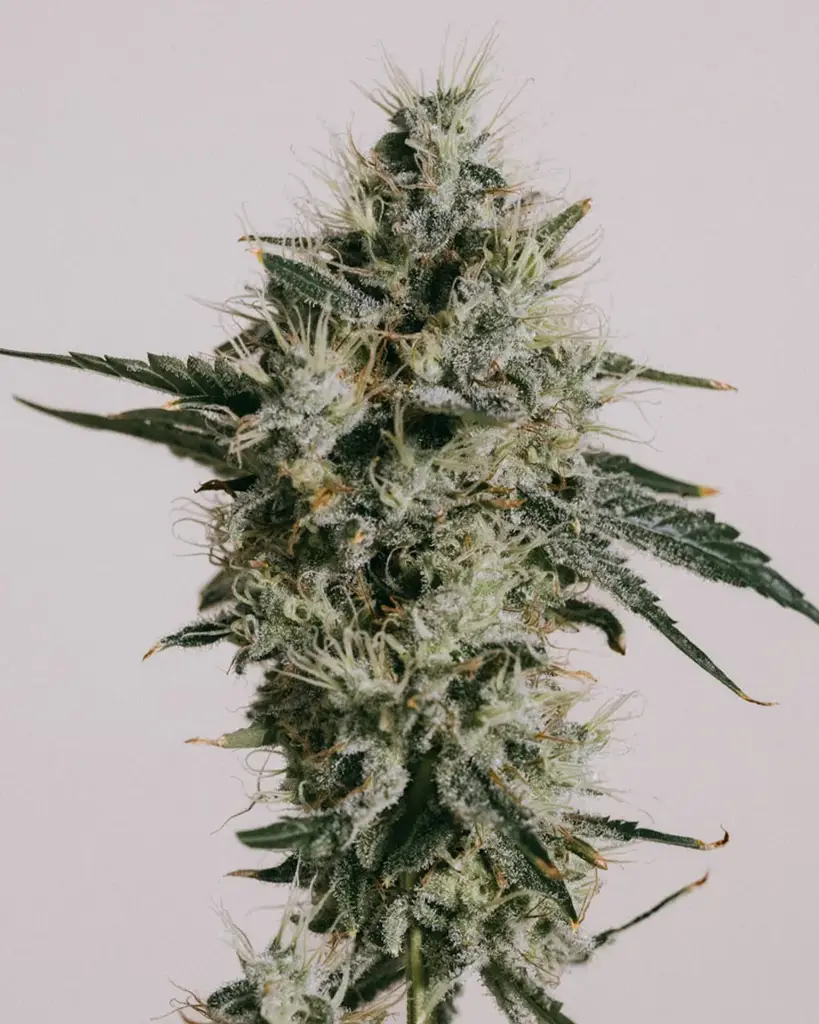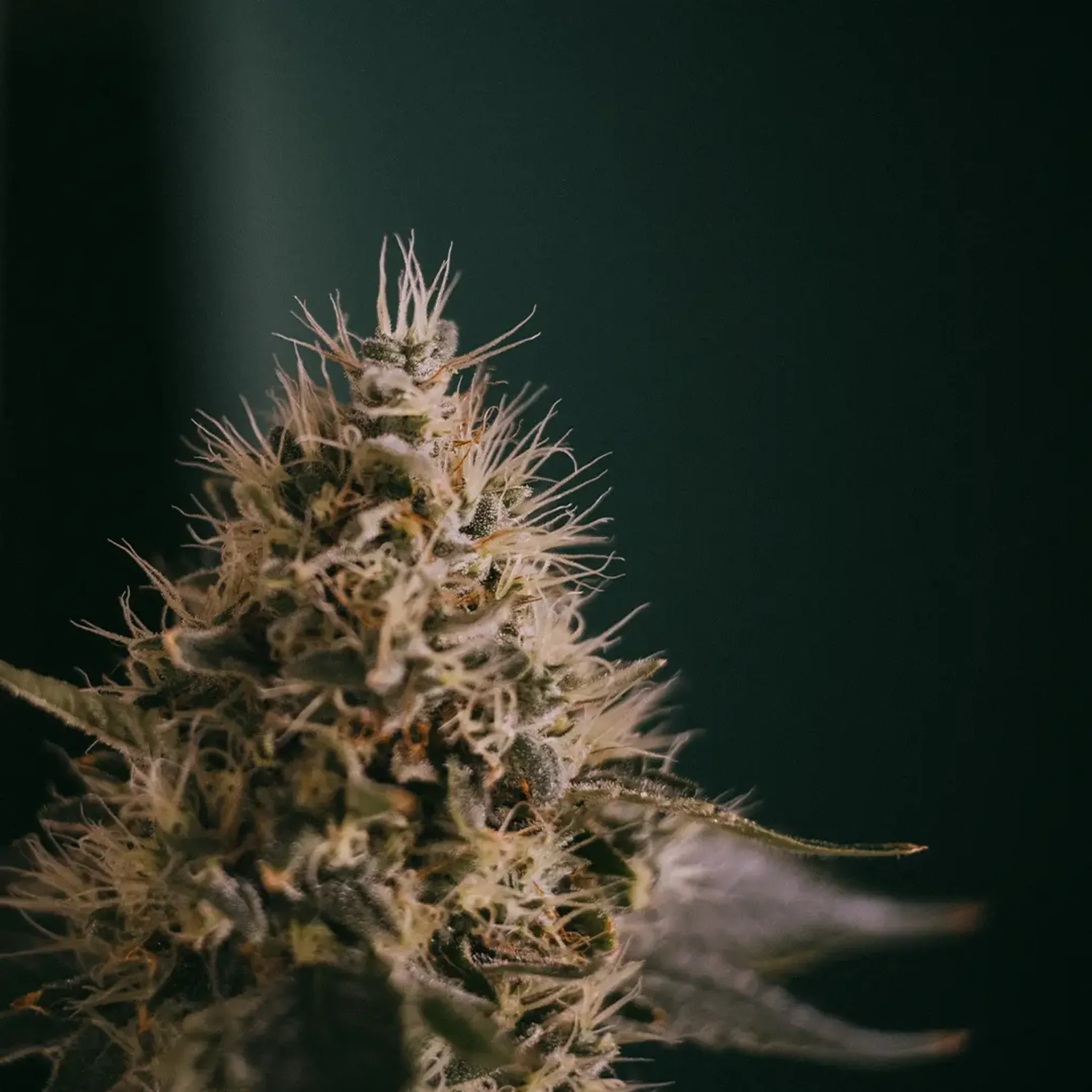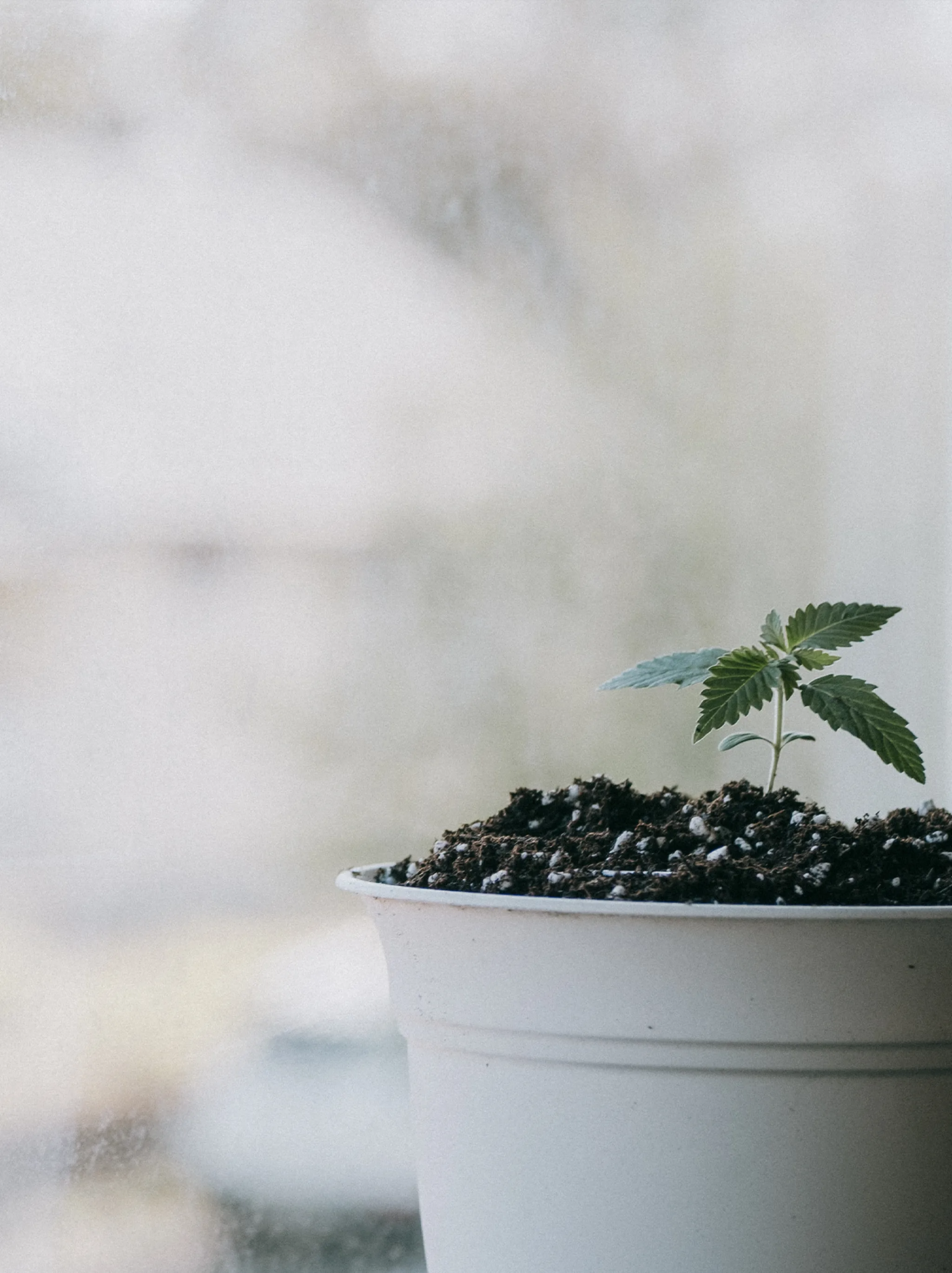
A Beginner's Guide To Growing Cannabis in Pots
Growing cannabis in pots is a convenient, flexible option for cultivators of all skill levels. It allows you to control the environment around each plant, providing precise management over elements like soil composition, water drainage, and light exposure.
Table of contents
Especially for beginners, growing weed in containers is a practical choice, making it easy to manage plant health, adjust for different stages of growth, and, most importantly, set up a grow space nearly anywhere. Choosing the right container can significantly impact your plants’ yields and overall health. This guide covers the ins and outs of growing cannabis in pots, from selecting the best containers to finding the right pot size and medium for your setup.
Choosing the Right Weed-Growing Container
Selecting the right pot depends on your growing environment, budget, and the level of root health and airflow you want for your plants. For example, indoor growers in small spaces may benefit from fabric pots for improved drainage, while outdoor cultivators might prefer sturdy plastic containers for easy mobility. Let’s explore some of the best cannabis grow containers and why each option suits different types of setups.
Common Types of Cannabis Grow Containers
Standard Pots with Saucers
 Growing weed in containers with saucers is a beginner-friendly approach. These basic plastic or terra cotta pots come with saucers to catch excess water, making them easy to manage and reducing the chance of root rot. They’re inexpensive and widely available, providing an excellent starting point for new growers.
Growing weed in containers with saucers is a beginner-friendly approach. These basic plastic or terra cotta pots come with saucers to catch excess water, making them easy to manage and reducing the chance of root rot. They’re inexpensive and widely available, providing an excellent starting point for new growers.
Smart Pots
 These woven polypropylene fabric containers are “smart” (“Smart Pots” is a brand, but you can find various fabric pots from different companies) because they enhance root health by preventing root circling or binding, a common issue in plastic pots. The fabric allows for “air pruning,” where roots naturally stop growing when they reach the edge of the pot. This promotes root branching and nutrient uptake. Growing cannabis in smart pots helps with moisture management but requires more frequent watering due to increased air circulation.
These woven polypropylene fabric containers are “smart” (“Smart Pots” is a brand, but you can find various fabric pots from different companies) because they enhance root health by preventing root circling or binding, a common issue in plastic pots. The fabric allows for “air pruning,” where roots naturally stop growing when they reach the edge of the pot. This promotes root branching and nutrient uptake. Growing cannabis in smart pots helps with moisture management but requires more frequent watering due to increased air circulation.
Air Pots

Another case of the most famous brand getting the common name, “Air Pots” are also called air pruning containers. These are plastic pots designed with small holes along the sides and work with the same idea that roots stop growing when they reach the air. They’re sturdier than fabric pots and are great for growers focused on root health. The added airflow through these perforated pots helps prevent root binding and promotes oxygen-rich root zones, encouraging stronger plants. Growing cannabis in air pots means your plants’ roots will be healthier and more productive, but similar to fabric pots, they require more frequent watering.
Hempy Buckets
 Hempy Buckets are containers that work by using a layer of moisture-holding material (usually perlite) as a reservoir for plant roots to drink from over time. They are considered a type of passive hydroponics, where the grower will be applying nutrient solution and water on a regular basis but can rely on the reservoir to help prevent incidental over-drying of the roots.
Hempy Buckets are containers that work by using a layer of moisture-holding material (usually perlite) as a reservoir for plant roots to drink from over time. They are considered a type of passive hydroponics, where the grower will be applying nutrient solution and water on a regular basis but can rely on the reservoir to help prevent incidental over-drying of the roots.
Autopots
 These gravity-fed self-watering systems are made for growers looking to automate their watering routine. With cannabis pots like these, plants receive consistent moisture, making it easier to maintain the optimal environment for growth.
These gravity-fed self-watering systems are made for growers looking to automate their watering routine. With cannabis pots like these, plants receive consistent moisture, making it easier to maintain the optimal environment for growth.
Hydro Containers
 For those growing in a hydroponic system, various styles of hydro containers provide the drainage and support that plants need in soilless environments. They are specially designed to hold hydroponic growing media, making them essential weed-growing containers for anyone working without soil.
For those growing in a hydroponic system, various styles of hydro containers provide the drainage and support that plants need in soilless environments. They are specially designed to hold hydroponic growing media, making them essential weed-growing containers for anyone working without soil.
Our Bestsellers
Managing Water Runoff and Saucers
Ensuring water runoff is critical for keeping your plants’ roots healthy. Without proper drainage, stagnant water can accumulate, leading to root rot, and without regular flushing with fresh water, nutrient salt buildup can severely harm cannabis plants. For this reason, cannabis grow containers indoors should always be paired with saucers or trays to catch runoff, which will be emptied after each watering or feeding. Using trays and saucers under each pot helps prevent spillage while keeping your grow area clean.
Best Pot Size for Growing Cannabis
Pot size plays a significant role in the development, health, and yield of your cannabis plants. Choosing the correct cannabis pot size at each growth stage ensures your plants have enough space to expand their roots, maximizing nutrient and water uptake. Here are some guidelines:
Pot Size Recommendations:
Seedlings: Start in 0.5 to 1-gallon pots to prevent overwatering while young roots develop.
Vegetative Stage: 3 to 5-gallon pots work well here, allowing roots to grow as the plant matures.
Flowering Stage: Mature plants often need pots of 5 to 10 gallons or larger, depending on their genetics and final expected size.
Understanding how cannabis pot size affects root growth will make a noticeable difference in your plants’ health and final yield. For larger outdoor grows, taller or very bushy plants, larger containers offer more space for roots to thrive, which ultimately contributes to better growth and more buds.
First Grow?
Do You Need Containers or Pots to Grow Cannabis Outdoors?
Growing cannabis outdoors in containers can simplify maintenance while allowing for flexible placement in your outdoor space. Containers let you adjust your plants’ positioning for optimal light and shelter from adverse weather. Here are some popular weed pots for outdoor grows:
Terra cotta pots:
 Made of breathable clay, terra cotta pots are ideal for hot climates. They naturally regulate soil temperature and allow excess moisture to escape, preventing issues with overwatering. While heavy, they’re a solid option for those looking to grow in hot weather with stable temperatures.
Made of breathable clay, terra cotta pots are ideal for hot climates. They naturally regulate soil temperature and allow excess moisture to escape, preventing issues with overwatering. While heavy, they’re a solid option for those looking to grow in hot weather with stable temperatures.
Plastic Pots
 Lightweight and cost-effective, plastic pots are easy to move and ideal for outdoor cannabis grows. They retain moisture better than fabric pots, making them useful for areas with low humidity. However, they may need more drainage holes to prevent root issues. In windy areas, tall plants in plastic pots may need to be anchored to prevent them from being blown over.
Lightweight and cost-effective, plastic pots are easy to move and ideal for outdoor cannabis grows. They retain moisture better than fabric pots, making them useful for areas with low humidity. However, they may need more drainage holes to prevent root issues. In windy areas, tall plants in plastic pots may need to be anchored to prevent them from being blown over.
Fabric Pots
 Popular for their flexibility and superior root aeration, growing cannabis in fabric pots is beneficial for both indoor and outdoor setups. They help prevent root-binding and maintain cooler root zones. However, fabric pots dry out faster, so they work best in humid outdoor climates or for growers who can water frequently. You may find that a plant in a fabric pot placed directly on the earth will manage to grow a taproot straight through the bottom of the pot. If you want to be able to move your plants around, put a wooden board or other solid barrier underneath to stop this from happening.
Popular for their flexibility and superior root aeration, growing cannabis in fabric pots is beneficial for both indoor and outdoor setups. They help prevent root-binding and maintain cooler root zones. However, fabric pots dry out faster, so they work best in humid outdoor climates or for growers who can water frequently. You may find that a plant in a fabric pot placed directly on the earth will manage to grow a taproot straight through the bottom of the pot. If you want to be able to move your plants around, put a wooden board or other solid barrier underneath to stop this from happening.
Each type of container offers unique benefits, so choose one based on your climate and watering habits.
Best Mediums for Growing Cannabis in Containers
The growing medium in your pot is just as (or more) important as the container itself. The right medium affects water retention, nutrient availability, and overall plant health, so it’s essential to pick one that complements your container choice and watering schedule.
Overview of Growing Mediums for Weed Pots
Store-Bought Soil: A simple, beginner-friendly choice, store-bought soils are often pre-mixed with nutrients and provide good water retention. They’re a go-to for growing cannabis in pots, especially for those who want a straightforward setup.
Compost-Amended Soil: Rich in organic matter, soil with added compost is ideal for organic growers seeking a nutrient-rich, environmentally friendly option. This type of soil enhances the quality of your cannabis but may require more fine-tuning to ensure enough of the right nutrients are available during each stage of growth..
Soilless Potting Mix: Often made with coco coir, perlite, or peat moss, soilless mixes offer excellent drainage and air retention. This medium is perfect for growers looking to feed with nutrient solutions, allowing for precise control over nutrient balance through each developmental stage.
Selecting the right growing medium helps create a balanced environment, ensuring your cannabis plants get the nutrients and moisture they need for each stage of growth.
Tips for Giving Your Cannabis Plants the Best Start
Once you’ve selected your cannabis grow containers and filled them with the right medium, follow these key steps to help your plants flourish:
Start in Small Pots and Transplant as Needed: Gradually move to larger pots as your cannabis plants grow, allowing roots to spread without getting root-bound.
Monitor Watering and Drainage: Different pots and mediums have different watering needs, so adjust your schedule based on pot type and plant stage.
Prevent Root-Binding: Choose containers that allow airflow to the roots, like fabric or air pots, to prevent root-binding.
Provide Nutrients According to Plant Stage: Adjust your feeding routine based on the medium, size of the plant, and growth stage to ensure they receive all essential nutrients.
Following these tips will ensure your cannabis plants get off to a healthy start and maintain steady growth.
Conclusion
Growing cannabis in pots provides beginner-friendly flexibility, helping you easily manage water, nutrients, and plant growth. By choosing the right container, pot size, and growing medium, you’re well on your way to cultivating strong, healthy cannabis plants. Experimenting with different weed-growing containers and potting techniques will help you find the best setup for your needs. So grab some pots, get your chosen medium, and dive into the world of container-grown cannabis.
Happy growing!

Xavier Kief
Xavier Kief, a fierce cannabis advocate & educator, merges science & joy in cultivation. Expert in regenerative growing, mycology & activism
Continue Reading
You might also find these interesting.


